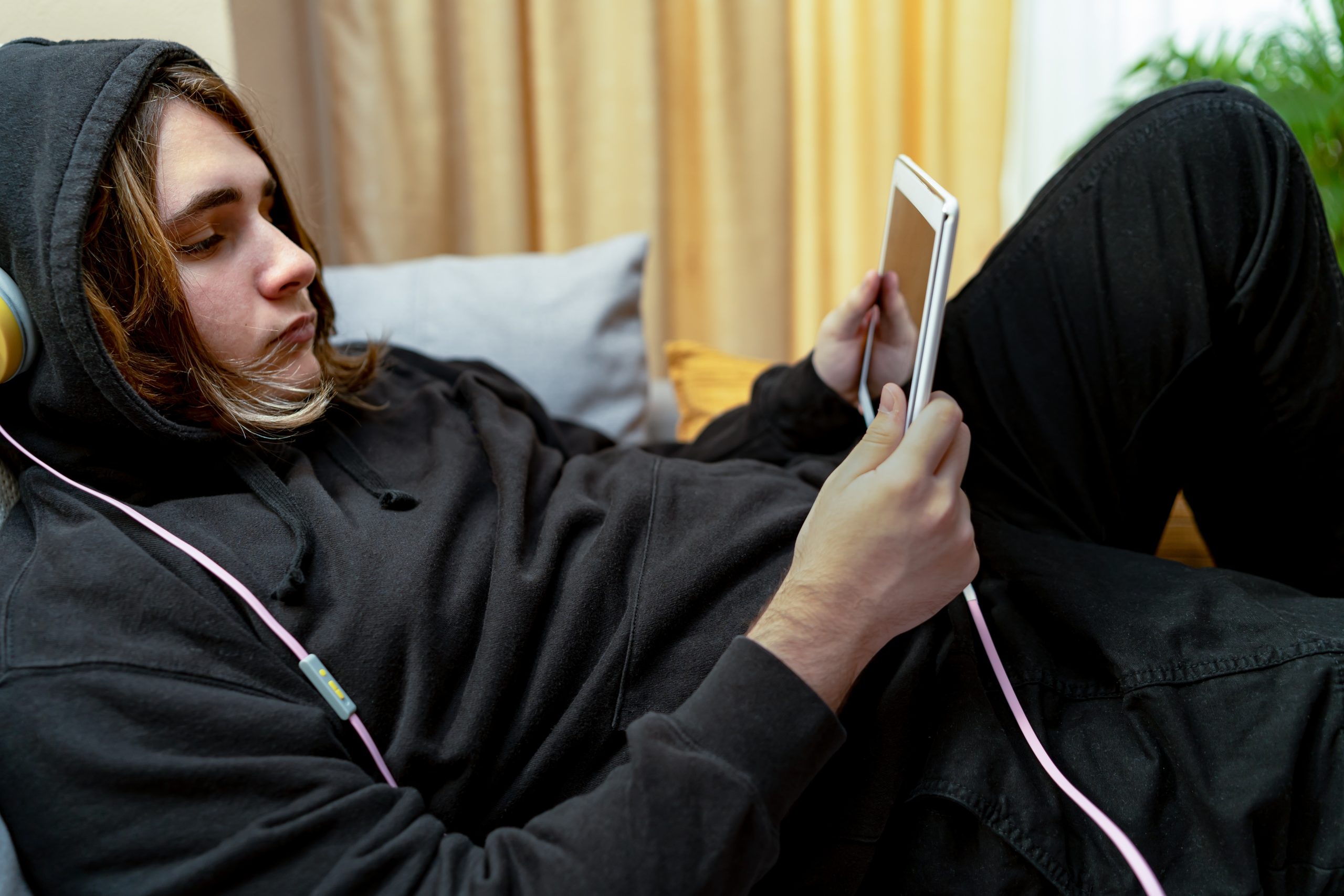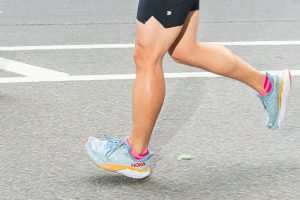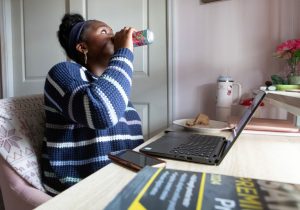April 6th marks the World Day of Physical Activity, an annual observance established by the World Health Organization (WHO) in 2002. This day aims to raise awareness about the importance of physical activity and its role in maintaining a healthy lifestyle. The goal is to encourage people worldwide to engage in more physical activity for better health.
Concerning Findings About Physical Activity in Adolescents
In Greece, recent findings reveal an urgent need for action to address concerning levels of physical inactivity, particularly among adolescents.
According to the latest national survey conducted in 2022 by the “Hellenic Research Institute for Mental Health, Neurosciences, and Precision Medicine,” a worrying trend is emerging among Greek teenagers. Almost one-third (30.4%) of Greek adolescents are considered physically inactive, meaning they engage in less than three days of physical activity per week. This rate is significantly higher than the international average of 24%, underscoring a growing problem in Greece.
Only 13.6% of Greek adolescents aged 11-15 meet the World Health Organization (WHO) recommendation of at least 60 minutes of physical activity daily. This is significantly lower than the international average, with Greece ranking 40th out of 43 countries.
Gender Disparities in Physical Activity
Girls are particularly more likely to be inactive, with 37.1% of girls reporting low levels of physical activity compared to 22.9% of boys. Additionally, the inactivity rate increases with age, as older adolescents are less likely to meet physical activity guidelines.
Sedentary Lifestyle Among Teens
The problem of physical inactivity is compounded by an increasing trend of sedentary behavior. One in four teenagers (24.1%) report spending a significant portion of their leisure time sitting or lying down, a habit that worsens with age.
Moreover, 6.4% of adolescents report a lack of access to facilities for physical exercise in their local areas. This issue is especially pronounced among those from lower socio-economic backgrounds, further exacerbating health disparities.
COVID-19’s Impact on Physical Activity
The COVID-19 pandemic has also negatively impacted physical activity levels. Over 40% of teenagers reported that the pandemic limited their ability to be physically active. This decline in activity was especially noticeable among older adolescents.
The Need for Urgent Action in Greece
Experts stress the urgent need for interventions to promote physical activity, particularly for older adolescents, girls, and those from lower-income families. Dr. Anna Kokkevi, the scientific leader of the study, emphasizes that this issue requires stronger support from the government and communities. Schools, local authorities, and health professionals must collaborate to encourage physical activity through better sports programs, improved infrastructure (such as safe walking and cycling paths), and awareness campaigns for parents and the public.










